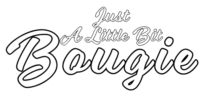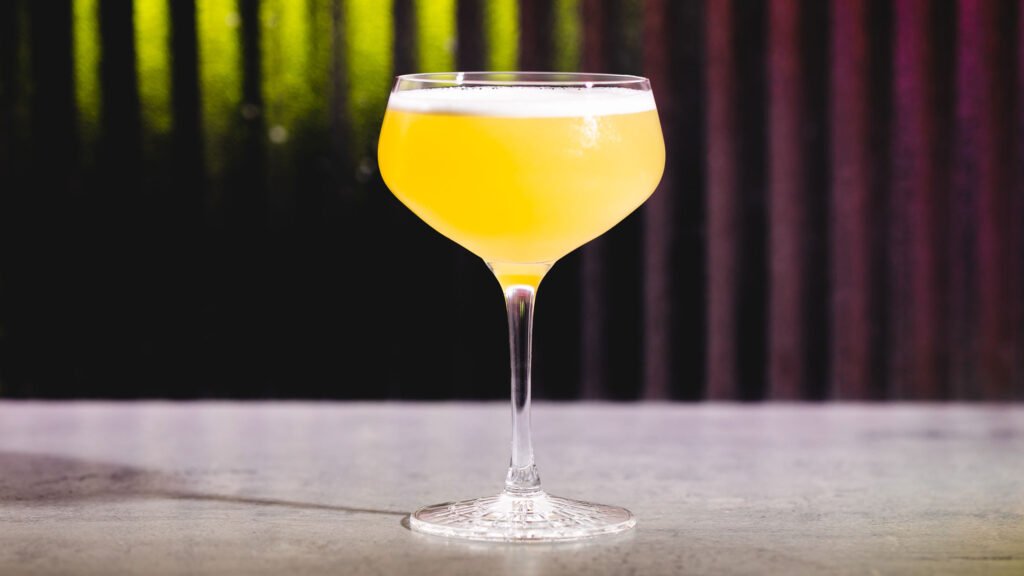[ad_1]
You’re acquainted with the Huge Reds man. You’ll be able to image him now: monocled, growing older, actually into discussing bank card factors. Nothing just like the stick-and-poked pét-nat evangelist at your native wine bar. Then once more, traditionally talking, all developments obey the legal guidelines of circularity… and if low-rise denims can return to favor, so, too, can Bordeaux.
It goes with out saying that the “chilled purple” motion has gone rogue. You hear the phrase in your sleep; get up mumbling about jammy gamays and Beaujolais nouveau. “Lighter, extra elegant, low-tannin wines have turn into the brand new worldwide fashion,” says pure wine importer Steven Graf. “So the counterculture is trying again at Bordeaux and the Rhône to go in opposition to the mainstream.” Briefly: The denser, extra full-bodied syrahs and malbecs which were accumulating mud at venues patronized by crowds usually beneath the age of 45 are primed for his or her second within the solar.
So what, precisely, is a Huge Purple? “I normally name them dad wines: cabs, Bordeaux, merlot, blends,” says Sarah Morrissey, beverage director at Le Veau d’Or—the wildly well-liked Manhattan revival of the eponymous iconic French eatery. “Any purple that may stand as much as daring flavors, or a number of garlic and spice; [something] that’ll make you’re feeling heat, and coat each your mouth and chest.”
Helena Jensen, a Paris-based sommelier initially from Massachusetts, argues that Huge Reds are unfairly dismissed. “I feel large purple wines have turn into wrongly emblematic of the surplus of [the] ’80s and ’90s,” she says. “As such, I feel many younger wine drinkers are fast to miss something large and daring for its tacit affiliation with the worst of business winemaking … and all of the aesthetic and ethical implications of mentioned affiliation.”
Typically, wines like this are misconceived as terribly excessive in alcohol, with bowl-you-over, dye-your-teeth-red construction. Positive, these exist, however a really well-made, balanced purple will supply gentleness (by means of acid), fruit focus and sometimes some extent of spice or earthiness—texture, if you’ll. “Steadiness, in purple wines, is at all times a should,” says Jarred Roth, beverage director at West Village mainstay il Buco. “If a wine is all tannin, with no acidity or supporting construction, then it’s simply not good, and there’s most certainly some fault with the winemaking.” As he sees it, the il Buco classics—sure Barolos, Brunellos and Barbarescos designed to pair with hearty Italian fare—are all balanced of their respective methods by tannin, acidity and fruit. “Even a Barolo with 14.5 p.c alcohol will be extremely elegant and suave if every part is in stability, oak is well-integrated and there’s no element that’s out of whack,” he says.
Earlier than you protest: We’re not right here to disparage gentle, fruit-forward, daytime-appropriate purple wines. Moderately, we’re implying that there’s loads of room on the scene for extra lush, full-bodied—dare we are saying, chubby—bottles, as nicely. “The uptown crowd has been consuming large reds for endlessly, and their style actually doesn’t appear to vary, whereas the downtown crowd—that has been sipping on darkish rosés, pét-nats and orange wines—is definitely into chilled reds,” says Morrissey. “And now, slowly, I do suppose that crowd is shifting in the direction of larger-bodied, extra conventional or secure wines.”
A working example is Jensen herself. “For a very long time, I gravitated in the direction of vivid purple wines that at all times spoke of bitter cherry, however I discovered myself uninterested in this often-thin fashion,” she says. “Then, step by step, I started shifting in the direction of construction and depth, and have form of discovered my house right here.”
Naturally, loads of long-standing institutions have by no means ceased to serve large reds—particularly to consumers who take into account them to be extra correct, bang-for-your-buck investments (in each status and alcohol content material). That is, nonetheless, removed from the purpose. “The truth is, bigness, boldness and focus are simply stylistic variations,” says Jensen. “Preferring these qualities in a wine is simply that: a desire, or a distinction in style—not a stance on pure and traditional winemaking practices, or cost-efficiency.”
However, it’s solely potential that the skew towards fuller-bodied reds is nothing greater than a pure byproduct of age. Maybe there’s a cause that Brunellos typically attraction to a selected demographic—and because the natty technology creeps towards middle-age, their preferences, too, might comply with the identical trajectory. “I’ve seen many a natty fan go full Barolo later in life, at a time once you need to have three glasses at night time as a substitute of three bottles,” says Graf. “I feel there is a normal return to extra classical wine areas and outdated AOCs occurring… However principally, I feel we’re simply growing older, and outdated individuals like large purple wines.”
[ad_2]


